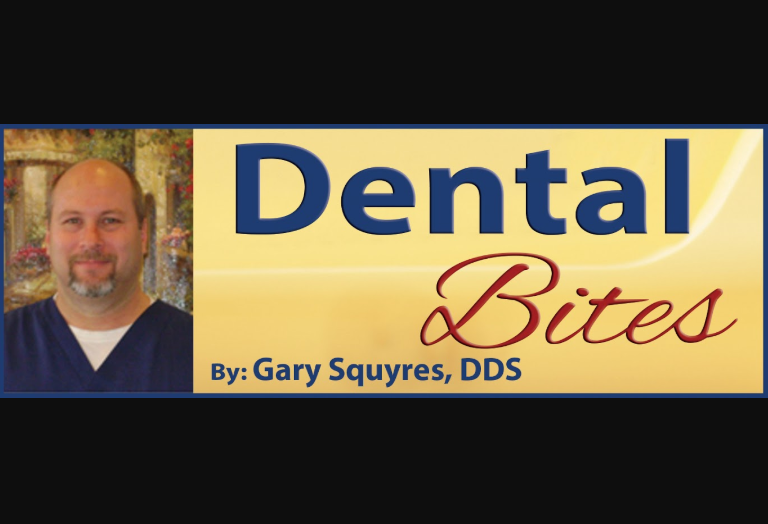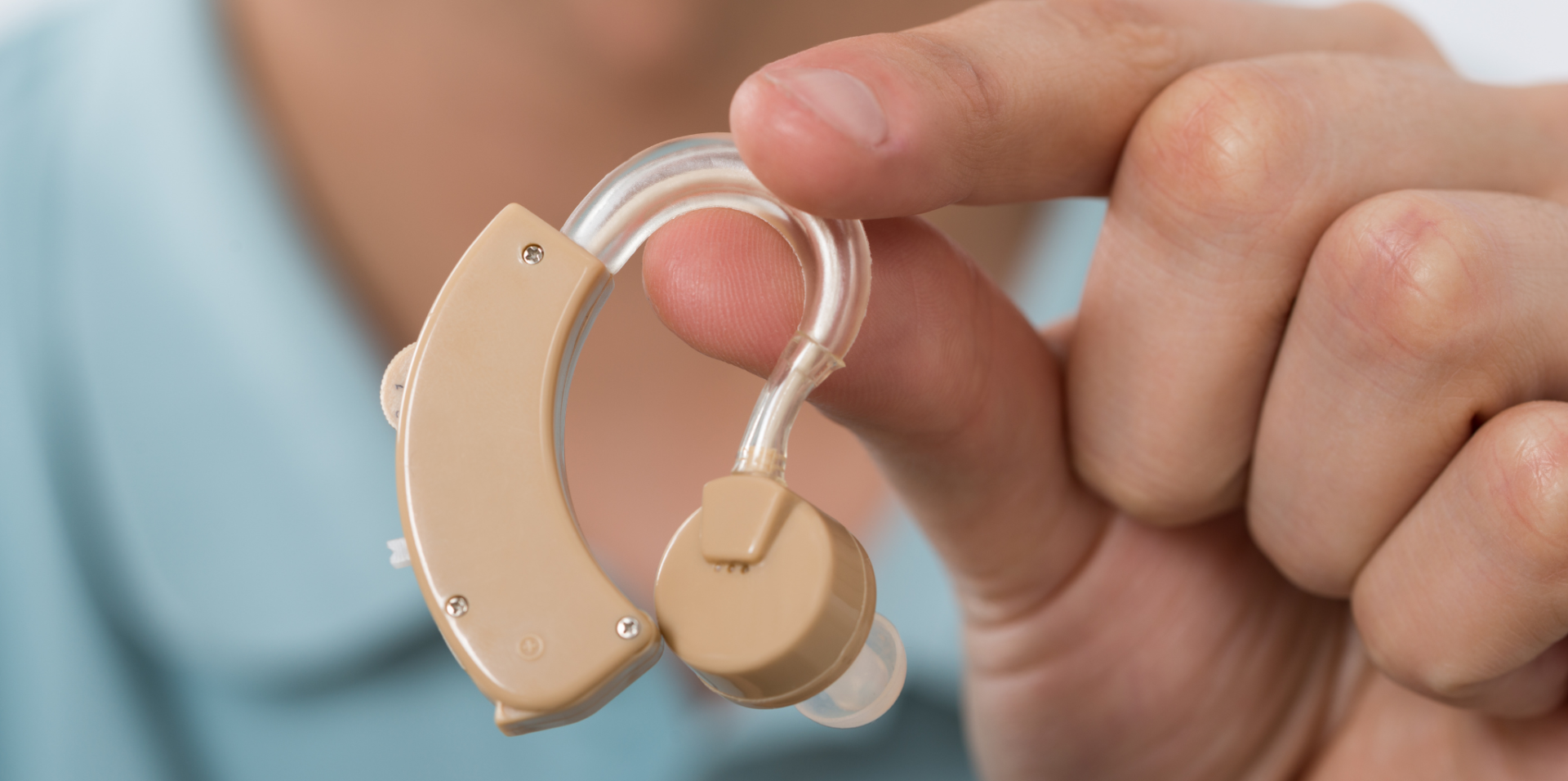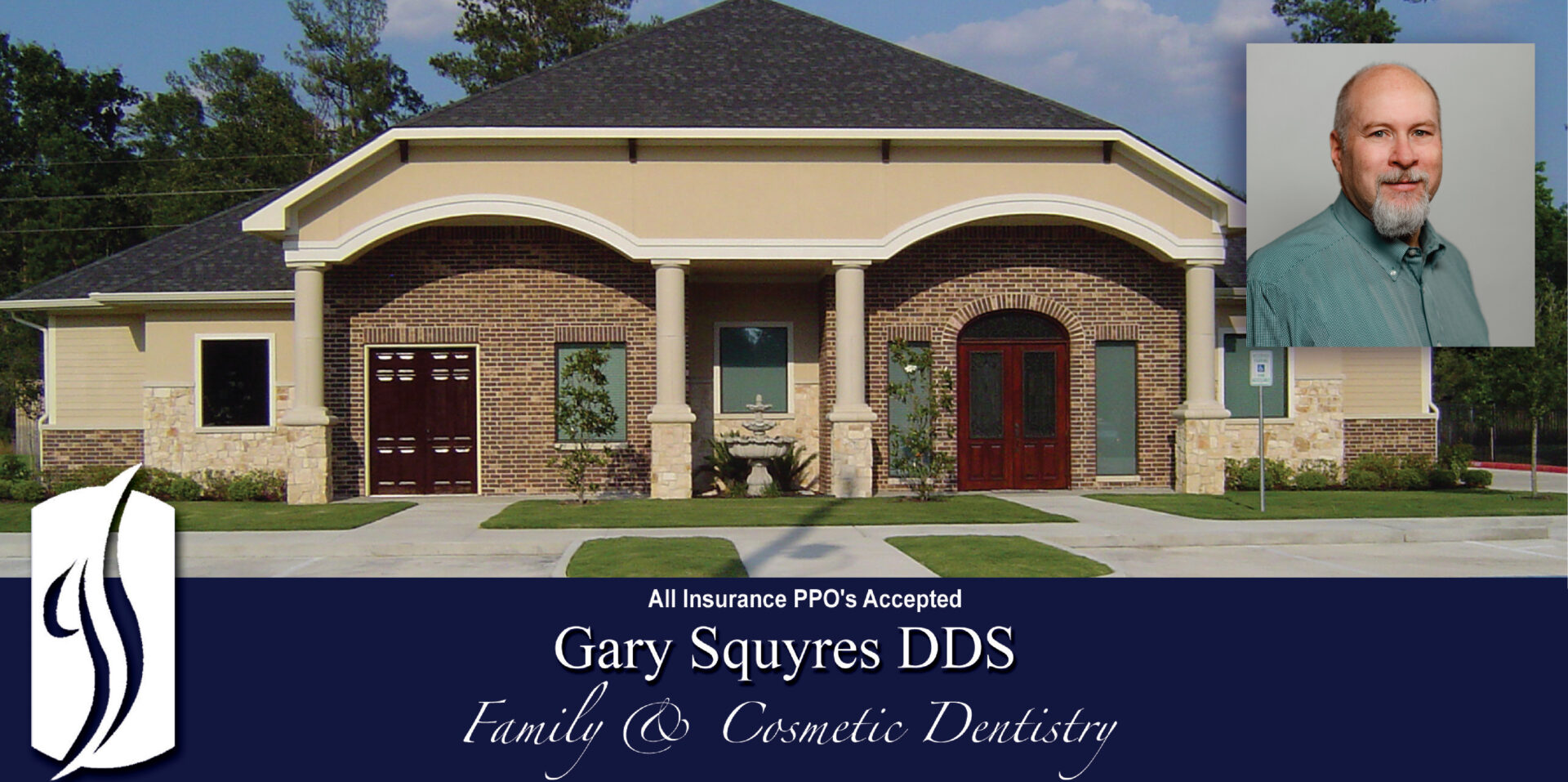First, it is important to find a dentist with whom you feel comfortable. This can be done by asking friends, family or neighbors whom they use. Once you’ve found a dentist you may like, your next step is to schedule a check-up — before any problems arise.
On your first visit to a dentist, they will take a full health history. It will be immensely helpful to go to the dental office website to print out the medical history form as well as make a list of all medications you are taking. On subsequent visits, if your health status or dental insurance has changed, make sure to tell them.
Most dental visits are checkups. Regular checkups (ideally every six months) will help your teeth stay cleaner, last longer and can prevent painful problems from developing.
- A thorough cleaning
Check-ups almost always include a complete cleaning, either from your dentist or a dental hygienist. Using special instruments, a dental hygienist will scrape below the gumline, removing built-up plaque and tartar that can cause gum disease, cavities, bad breath and other problems. Your dentist or hygienist may also polish and floss your teeth.
- A full examination
Your dentist will perform a thorough examination of your teeth, gums and mouth, looking for signs of disease or other problems. His or her goal is to help maintain your good oral health and to prevent problems from becoming serious, by identifying and treating them as soon as possible.
- X-rays
Depending on your age, risks of disease and symptoms, your dentist may recommend X-rays. X-rays can diagnose problems otherwise unnoticed, such as damage to jawbones, impacted teeth, abscesses, cysts or tumors, and decay between the teeth. A modern dental office uses machines that emit virtually no radiation — no more than you would receive from a day in the sun or a weekend watching TV. As a precaution, you should always wear a lead apron when having an X-ray. And, if you are pregnant, inform your dentist, as X-rays should only be taken in emergency situations.
Your dentist may ask for a Panoramic X-ray, or Panorex. This type of film provides a complete view of your upper and lower jaw in a single picture, and helps the dentist understand your bite and the relationship between the different teeth and your arch.
- How Long Should I Go Between Visits? If your teeth and gums are in good shape, you probably won’t need to return for six months. More frequent visits may be required if periodontal disease is diagnosed and you are exhibiting bone loss around your teeth. If further treatment is required — say to fill a cavity, remove a wisdom tooth, or repair a broken crown — you should make an appointment before leaving the office. And don’t forget to ask your dentist any questions you may have —this is your chance to get the answers you need.
This article is intended to promote understanding of and knowledge about general oral health topics. It is not intended to be a substitute for professional advice, diagnosis or treatment. Always seek the advice of your dentist or other qualified healthcare provider with any questions you may have regarding a medical condition or treatment.






